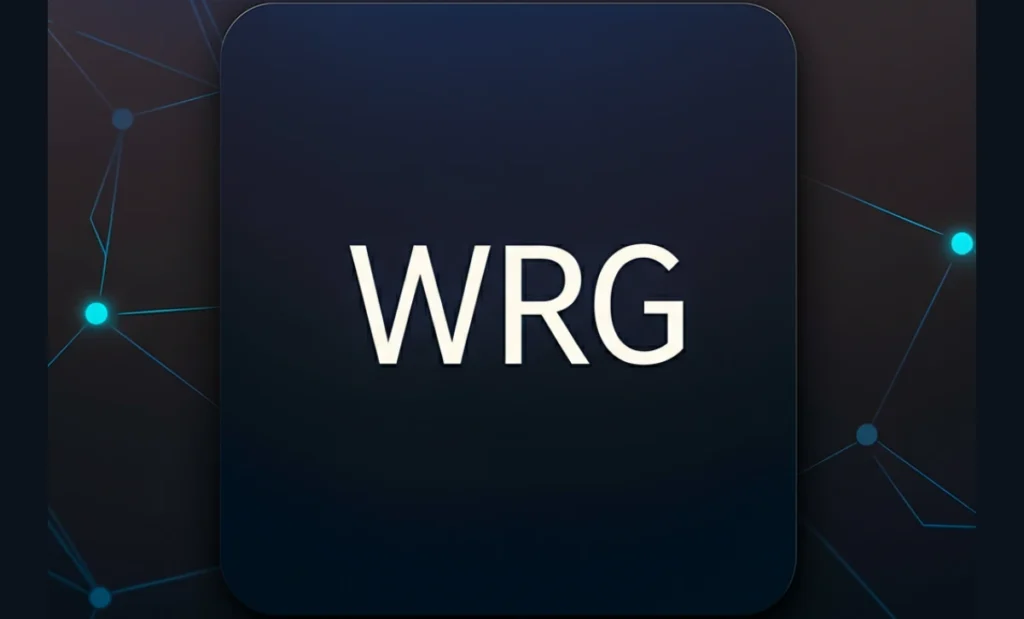The acronym WRG appears across various industries, representing different frameworks, organizations, and technologies. Understanding the fundamental concepts associated with a WRG is key to leveraging its potential, regardless of the specific context. This guide provides a clear overview of what a WRG is and how to effectively implement its principles.
What Does WRG Stand For?
The term WRG can signify many things depending on the field. It might refer to a Working Group, a regulatory Guideline, or a specific technological Resource. Because of this versatility, it is important to first identify the specific WRG relevant to your area of interest before diving deeper. Once defined, you can explore its unique structure and objectives.
Identifying the Correct Context
To properly understand any WRG, context is everything. An environmental scientist might know it as a Water Resource Group, while a tech developer could see it as a Web Rendering Guideline. Always verify the specific application you are dealing with to ensure your research and implementation are accurate.
Key Characteristics of a WRG Framework
While each WRG is unique, many share common characteristics that define their purpose and function. These elements typically focus on structure, governance, and goals to ensure clarity and effectiveness for all participants. A well-defined WRG provides a solid foundation for collaboration and progress.
Key characteristics often include:
- A Clear Mandate: Every WRG has a specific, well-defined objective or mission statement.
- Defined Roles: Responsibilities are clearly assigned to members or components.
- Governance Structure: Rules and procedures are in place to guide decision-making.
- Performance Metrics: Success is measured against predetermined benchmarks.
A successful WRG integrates these features to achieve its stated goals efficiently.
Common Applications and Use Cases
The application of a WRG is as varied as its definitions. In business, it could be a working group tasked with solving a specific corporate challenge. In technology, it might be a set of guidelines ensuring interoperability between different software systems.
In Corporate Strategy
Within a company, a WRG can be an effective tool for driving innovation or managing complex projects. These groups bring together cross-functional teams to tackle challenges that a single department cannot solve alone. The structure of the WRG ensures focused effort and accountability.
In Technical Standards
For engineers and developers, a WRG often refers to a set of standards that govern how technology is built and deployed. Adhering to these guidelines ensures compatibility and can improve security and performance across different platforms.
How to Implement a WRG Successfully
Successful implementation of any WRG requires careful planning and execution. Whether you are forming a new working group or adopting an existing technical standard, a structured approach is essential. The process starts with a deep understanding of the framework’s goals and ends with continuous evaluation.
These steps can guide your implementation:
- Thorough Research: Fully understand the objectives and rules of the WRG.
- Stakeholder Alignment: Ensure all relevant parties agree on the goals and their roles.
- Phased Rollout: Introduce the WRG in manageable stages to allow for adjustments.
- Feedback Loops: Create mechanisms for ongoing feedback and improvement.
Following these steps helps integrate the WRG smoothly into your existing operations.
Evaluating the Effectiveness of a WRG
Once a WRG is in place, it is vital to measure its impact. Evaluation should be tied directly to the initial goals set for the framework. Are you achieving the desired outcomes? Is the process efficient?
Setting Key Performance Indicators (KPIs)
Define specific KPIs to track progress. For a project-based WRG, this might be milestone completion dates. For a technical guideline, it could be a reduction in system errors or an improvement in performance metrics. Regular reviews of these KPIs will highlight successes and areas needing improvement.
Conclusion
The term WRG encompasses a wide range of concepts, from collaborative working groups to essential technical standards. By identifying the specific context, understanding its core features, and following a structured implementation plan, you can effectively utilize its power. A well-executed WRG can drive progress, streamline operations, and foster innovation within any organization or field.
Frequently Asked Questions
1. What is the most common meaning of WRG?
The acronym WRG has no single common meaning, as its definition is highly dependent on the industry or context. It is essential to first determine the specific field it applies to for an accurate understanding.
2. How can I find more information about a specific WRG?
To learn about a particular WRG, start by searching for the acronym along with the relevant industry or topic. This will help you find official documentation, organizational websites, or professional forums discussing it.
3. Are all WRG frameworks formal?
Not necessarily, as they can range from highly formal, regulated bodies to informal internal working groups. The level of formality is typically determined by the scope and objectives of the specific WRG.
4. What is the first step to implementing a WRG?
The first step is always thorough research to fully understand the purpose, rules, and requirements of the specific WRG. This foundational knowledge is crucial before you can create an effective implementation plan.
5. How do I measure the success of a WRG?
Success is measured by tracking progress against its predefined goals using key performance indicators (KPIs). These metrics should be established during the planning phase to ensure clear evaluation criteria.

